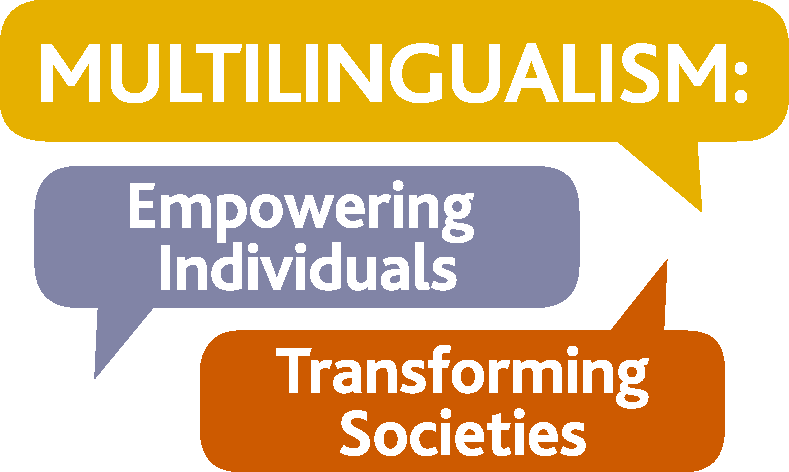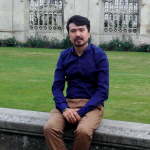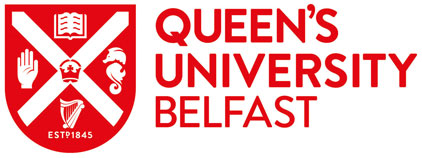There is a popular understanding that people speaking different languages think differently about the world. But is this indeed the case? What happens with people speaking two or more languages? Does learning a new language entail developing a new way of thinking about the world? Researchers have been trying to answer these questions by looking at how speakers of different languages talk about basic experiential domains like time, space and colour and we will explore the spatial domain here.
As human beings, we live in time and space. We get out of our beds in the morning, go into the bathroom for a shower, come out and run into the kitchen for breakfast. These are spatial activities that cannot be more prevalent in our daily lives and given that we share common traits as humans (e.g., same perception, walking upright), very little variation should be expected in how people talk about these things. Empirical evidence suggests otherwise.
Take the scenario ‘John ran into the kitchen’ as an example. This is what is called a motion event consisting of the following meaning components: an AGENT (John) moving along a certain PATH (into) in a particular MANNER (run) in relation to a GROUND (kitchen). These meaning components are considered to be universal, i.e., everyone, even very young children looking at this scenario can perceive and conceptualise them as distinct conceptual units. Yet, the ways in which they are mapped onto words and sentences vary across languages.
An English speaker can mention MANNER and PATH simultaneously in one simple clause. Similarly, a Chinese speaker typically describes the scenario as ta1 pao1jin4 chu2fang2-‘he run-enter kitchen’ in which MANNER and PATH are expressed in the same verb (as underlined). For a French speaker, however, doing so would require using two clauses: PATH in the main clause and MANNER is a subordinate clause and unless MANNER is deemed absolutely crucial, they will most likely say il est entré dans la cuisine-‘he entered the kitchen’. That is, although speakers can potentially notice and remember the same type and number of meaning components, the different languages they speak set constraints on which and how many of them are typically expressed.
Extensive research has shown that very young children are sensitive to these language-specific constraints. For example, English- and Chinese-speaking monolingual children simultaneously express MANNER and PATH as frequently as adults from around age 3 while doing so takes French-speaking children much longer (about age 10). We also know that children exposed to two languages from birth or successively are sensitive to these language-specific principles. English-French bilingual children have been found to generally follow the typical patterns of the two languages from very early on. A recent study showed that Uyghur children (exposed to Chinese around age 3) follow the typically Uyghur pattern right from the start. While it takes them a few years to fully develop the Chinese way of thinking and talking about motion (unlike monolingual Chinese children), they eventually do so.
What does this have to do with different ways of thinking about the world? As said earlier, it is not that people speaking different languages think differently about a given scenario. Yet, for the purpose of speaking, they need to fit the conceptualisation of their experience of world with language-specific principles of organising information (e.g., which and how many components to express in the case of motion). In light of the above-mentioned research, being a bi-multilingual then necessarily means developing multiple ways of thinking about the world, at least for the purpose of speaking.
One often hears that bi/multilingualism has various cognitive benefits, but it is perhaps more than that. Acquiring new languages enables us to tap into our wonderful and wonderous capacity for language-making, to develop, appreciate and celebrate diversity (as reflected in our languages) that is so essential to us as a species. At a time of rising paranoia about the strange ‘other’, bi/multilingualism is undoubtedly one important way of bringing us closer.
Note: comments are moderated before publication. The views expressed in the comments are those of our users and do not necessarily reflect the views of the MEITS Project or its associated partners.







